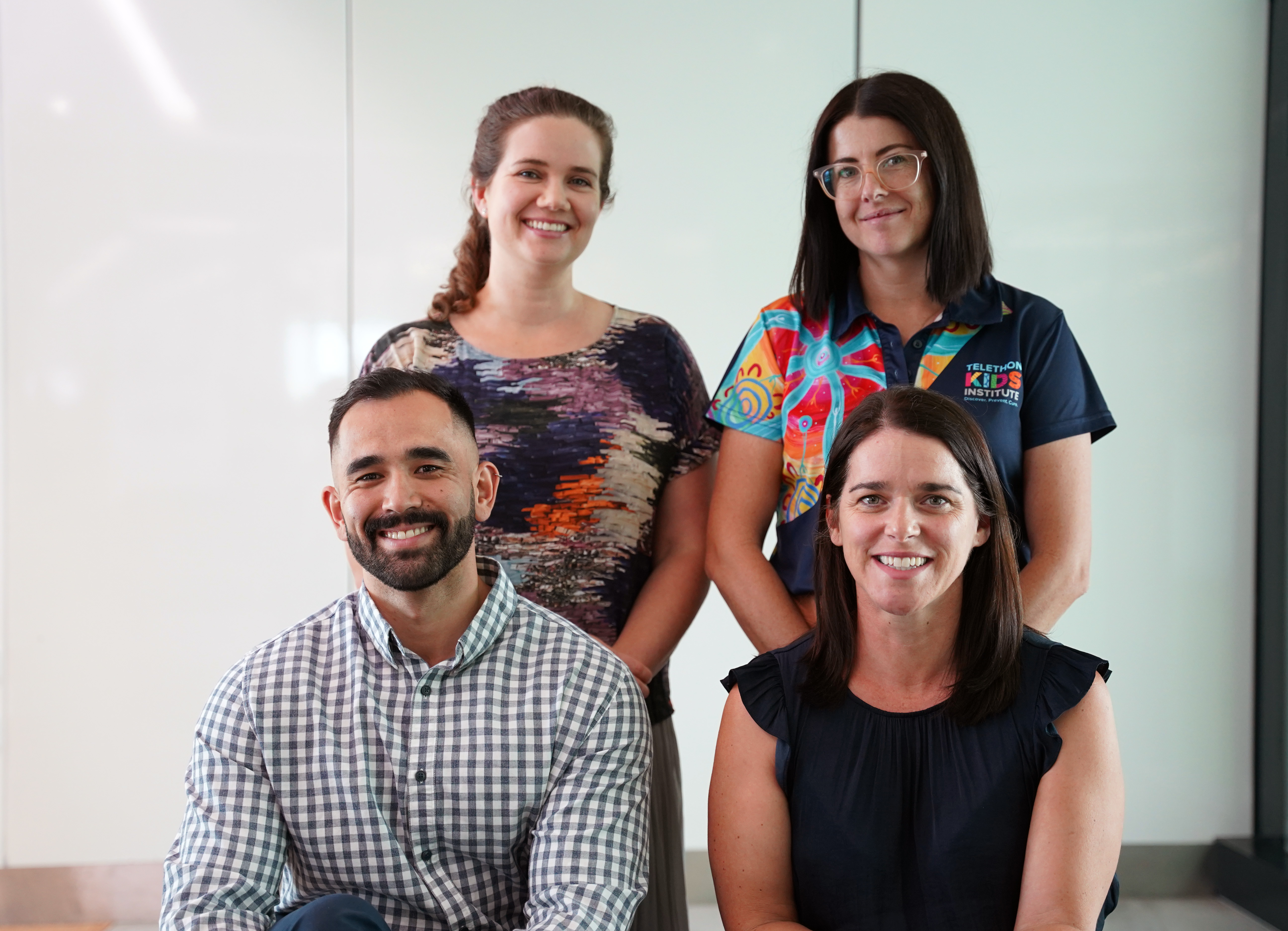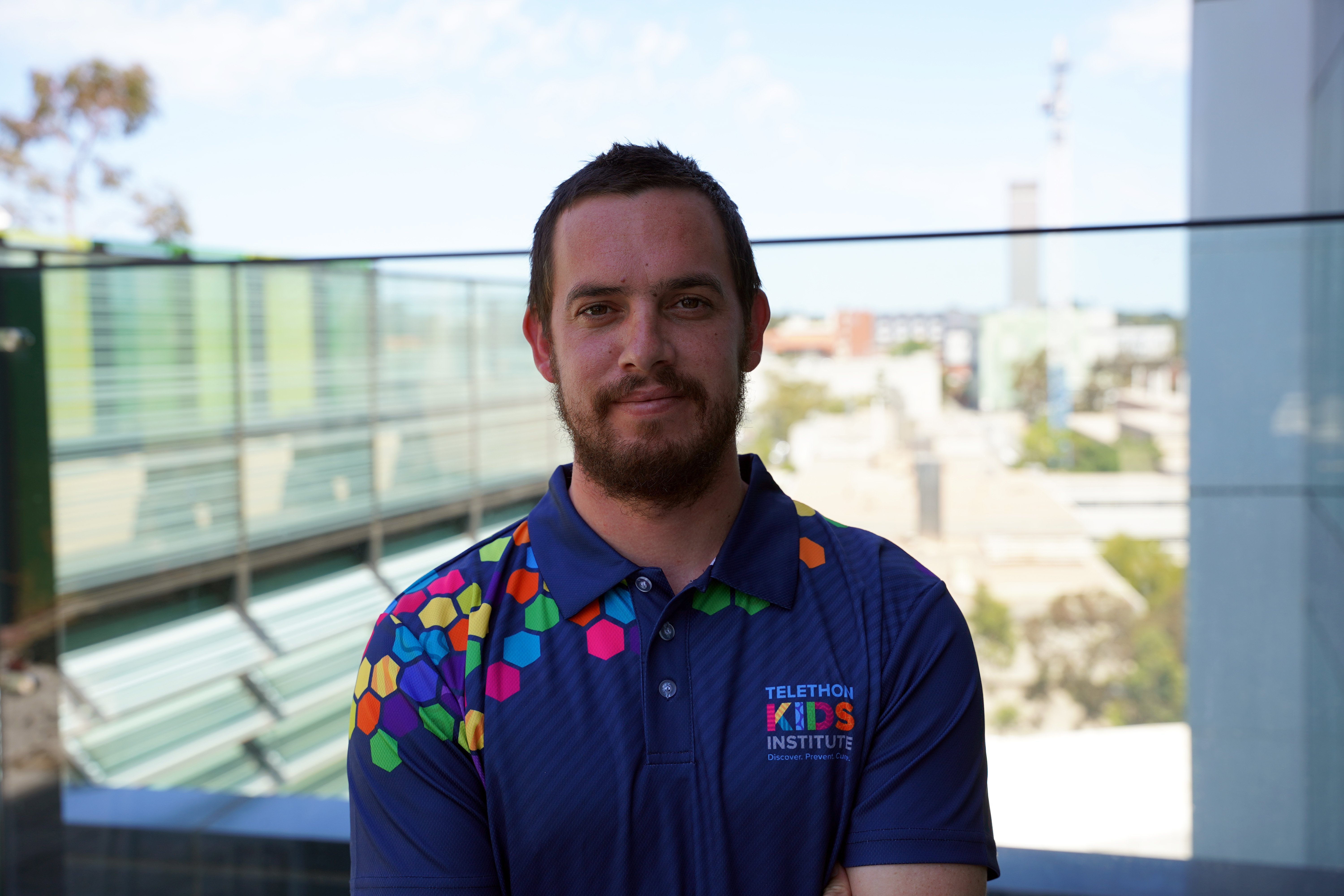Search

News & Events
Show of support for leading Voice campaignerProfessor Helen Milroy speaks about the importance of providing support to leading advocates after meeting with noted campaigner for a Voice to Parliament, Thomas Mayo.

News & Events
Embrace-linked psychiatrist calls for greater coordinationAssociate Professor Pradeep Rao called for more hope among clinicians and young people alike when accessing services.

News & Events
Bridging the gap for Aboriginal familiesResearchers on the Embrace parenting program Rebeka Morrison, Nita Alexander, and Aysa Bahar Arjmand.

News & Events
Guest article: How my son found perspective after a life-changing car accidentJosh Forde, 18, with mum Karen, who shares how her fears turned to

News & Events
Embrace backs WA government mental health crisis supportProfessor Helen Milroy AM has praised the WA government's additional funding for infant, child and adolescent mental health.

News & Events
2024 Seeding Grant winners announcedEmbrace 2024 Seeding Grant winners (clockwise from top left): Dr Penelope Strauss, Dr Renee Teal, Dr Melissa Licari, Dr Vincent Mancini

News & Events
Planting the seeds with new project officer Thomas BettsProject Officer Thomas Betts says it's vital we nurture our young people.

News & Events
Writing our story for Wear It Purple DayEmbrace @ The Kids Research Institute Australia celebrates Wear It Purple Day with Rio Tinto

News & Events
Baby Dreaming and Infant Mental Health Awareness WeekEmbrace @ The Kids Research Institute Australia recognises Mental Health Awareness Week, running until June 18, with the theme of ‘bonding before birth’.

News & Events
Leading youth mental health researchers welcome sector fundingLeaders of Western Australia’s youth mental health research sector from Embrace at The Kids Research Institute Australia have welcomed the state government’s $420 million boost to mental health spending in its 2023-24 budget.
